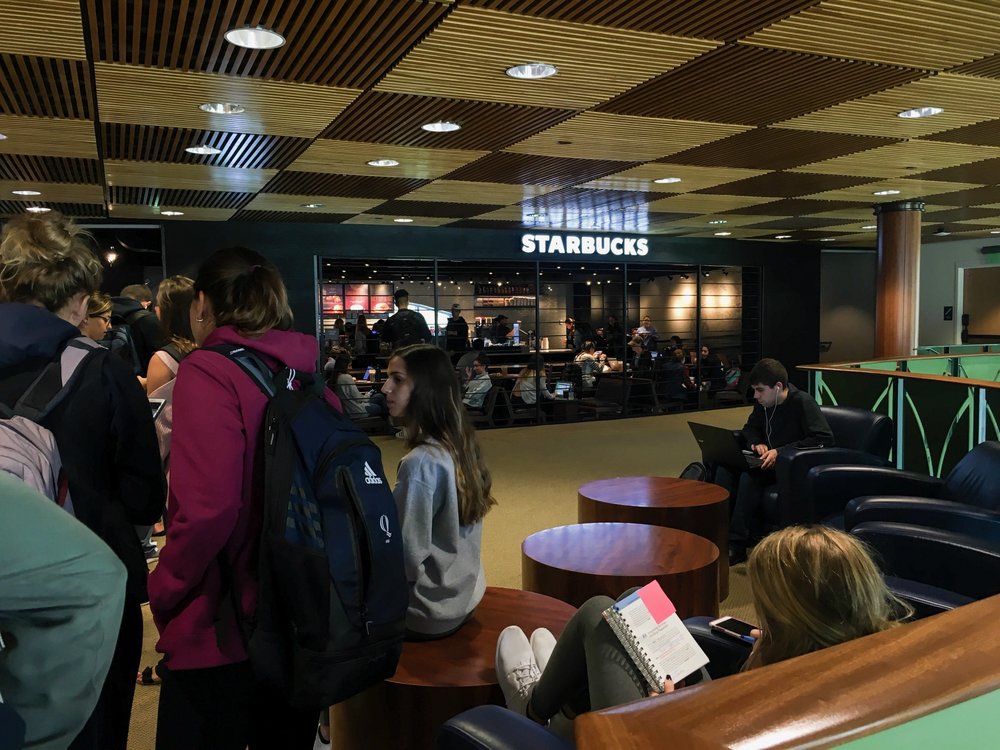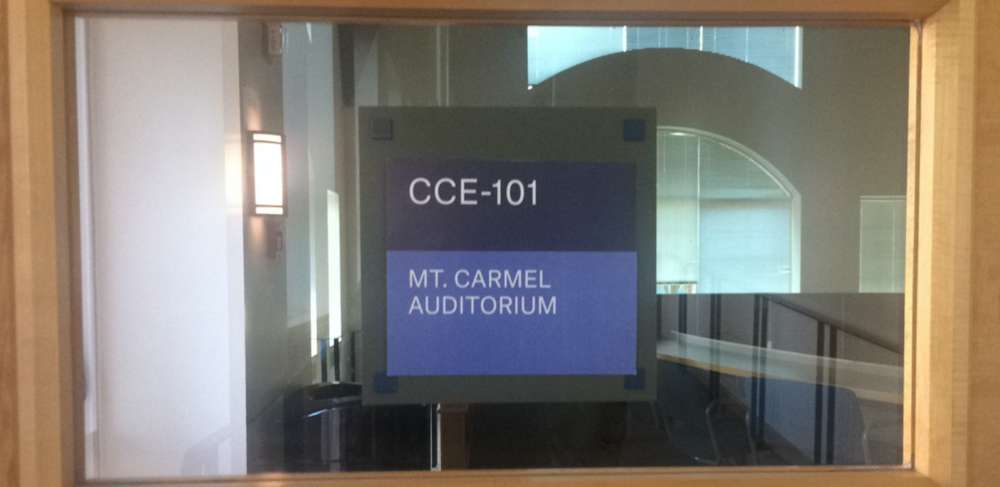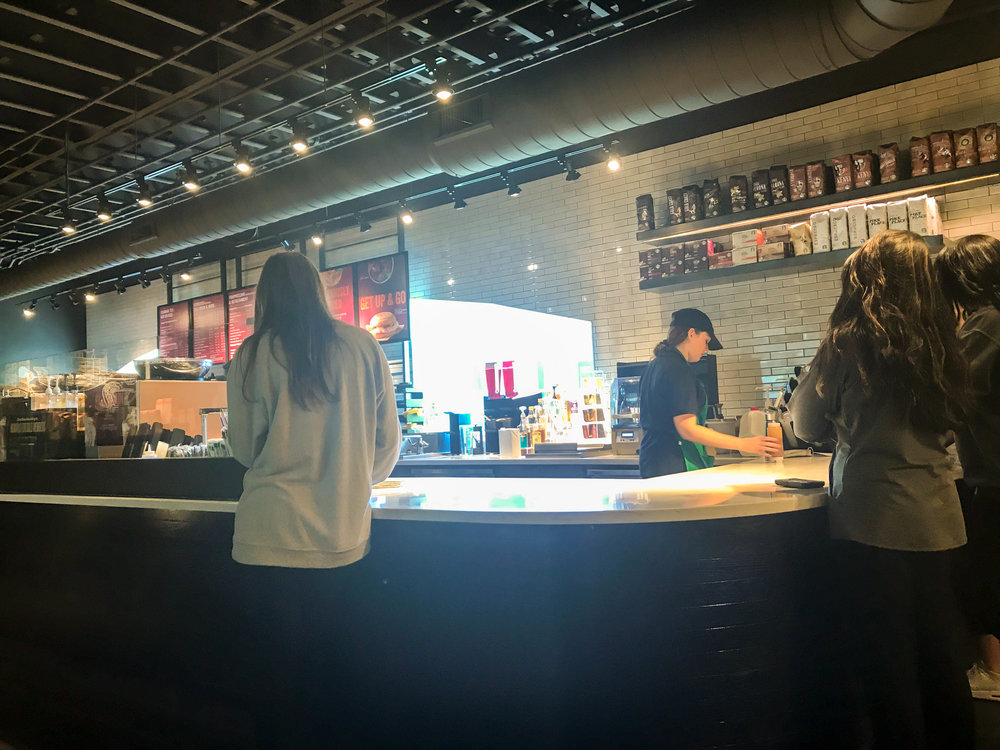By Lindsay Pytel
A national day brings unity and comfort to some Americans. These individuals identify within the LGBTQ+ community.
National Coming Out Day on Oct. 11 is a recognized American day celebrating those who have come out as LGBTQ+ and supporting those who may still be struggling to do so, but some, like junior public relations student Shelby Petrie, say coming out is not something that happens overnight.
Petrie also serves as vice president of Quinnipiac’s Gender Sexuality Alliance (GSA). For Petrie, coming out has been an ongoing and difficult process. In fact, four years ago she told her mother on the walk home from a friend’s house, but her 11-year-old sister just found out two months ago. Petrie says when she first told her mother, she felt like a stranger to her.
She says she didn’t know when she first came out what kind of toll it would have on her life. She is now helping to host events and create safe spaces to help others in the community through Quinnipiac’s GSA.
This organization is honoring the day with an open forum at their general board meeting Oct. 11 at 9:15 p.m. in Tator Hall room 114. Petrie says that this event is open to all students. They are also having an ice cream social to celebrate the day from 8 p.m. to 9 p.m. in the upper cafeteria, according to the organization’s president Meaghan Rocha.
Another event on campus is a Greek Allies Tabling hosted by the Office of Fraternity and Sorority Life from 11 a.m. to 3 p.m. in the Carl Hanson Student Center. Graduate Assistant Bianca Waffenschmidt says she created the Greek Allies Initiative in 2015 promoting the inclusivity of the LGBTQ+ community in their chapters, but also within the community and education.
Photos by Katherine Koretski
“National Coming Out Day is important because it brings awareness to the LGBTQ+ community and serves as a springboard for providing information and resources not only to those who identify as LGBTQ+, but also those who are allies of this community,” she said.
This is the 29th annual celebration created by Rob Eichberg and Jean O’Leary one year after the 1987 March on Washington for Lesbian and Gay Rights, according to the Human Rights Campaign’s official website.
Within the local community, however, some organizations are not taking part in the festivities. Executive Director of New Haven Pride Center Patrick Dunn says his organization is one of them. Though they are not partaking in the day with an event, Dunn still says a day like this is important.
“Coming out is still an extremely difficult process for many LGBTQ+ individuals, especially those who are in conservative environments,” Dunn said. “I think back to when I thought about coming out. Some of the worst scenarios ran through my head. Feelings like abandonment, pain and fear of physical violence are all real concerns to any LGBTQ+ individual thinking about coming out.”
While same-sex marriage became legal in 2015 under the Obama administration, Dunn says their fight isn’t over.
“Really that is just one law, which is currently being challenged in several states across the nation,” he said. “While it has helped many feel more comfortable, there are many others that feel it has little to no effect on their lives and rights. There are so many homophobic attacks, verbal and physical, that take place against our community from major political, religious and conservative figures blaming the LBGTQ+ community for natural disasters and many other problems in the USA.”
Dunn says that a day like National Coming Out Day is especially crucial to have to support younger generations.
GLSEN (pronounced “glisten”) is an LGBTQ+ program. In Connecticut, they have several chapters throughout the state focusing on helping those in that younger generation, and providing a safe environment for those who identify within the community in their schools, according to the organization’s official website. While GLSEN’s New Haven chapter is not celebrating National Coming Out Day with an event, they are celebrating LGBTQ+ History Month. Former chapter leader Rodney Wilson, the organization’s founder Kevin Jennings and others created this month-long celebration in 1994, according to GLSEN’s official website.
Co-chair and Professional Developmental & Community Outreach Coordinator Alberto Cifuentes Jr. talks about in a 2015 National Climate Survey GLSEN put out, that there’s still a lot of work that needs to be done in protecting youth.
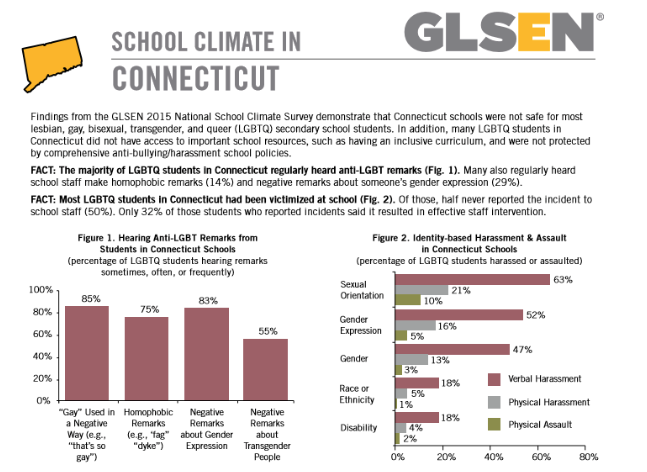
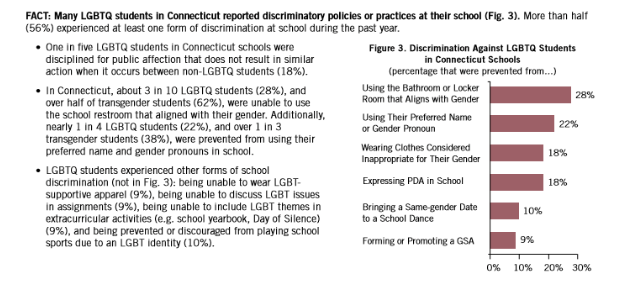
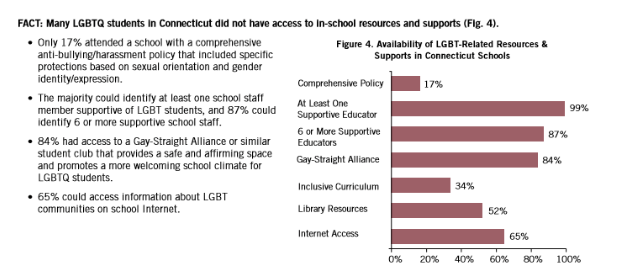
Courtesy of Alberto Cifuentes of GLSEN
“GLSEN wants to make sure that all LGBTQ youth are loved and affirmed regardless of their sexual orientation and gender identity/expression,” Cinfuentes said. “This is also a reason why organizations like GLSEN still exist. My hope is that one day, coming out will be such a ‘non-issue’ for LGBTQ youth and we’ll just celebrate being alive and proud of who we are.”
Petrie is among that younger generation.
“I had no idea how completely awful the days, weeks, months and years to follow would be,” she said. “Coming out was definitely necessary, but it is something that I constantly look back on and think I made a mistake in doing. My life became a living hell and it didn’t subside until just recently. My mom is still adamantly against my sexual orientation, but she has become more civil and respectful to me about it.”






